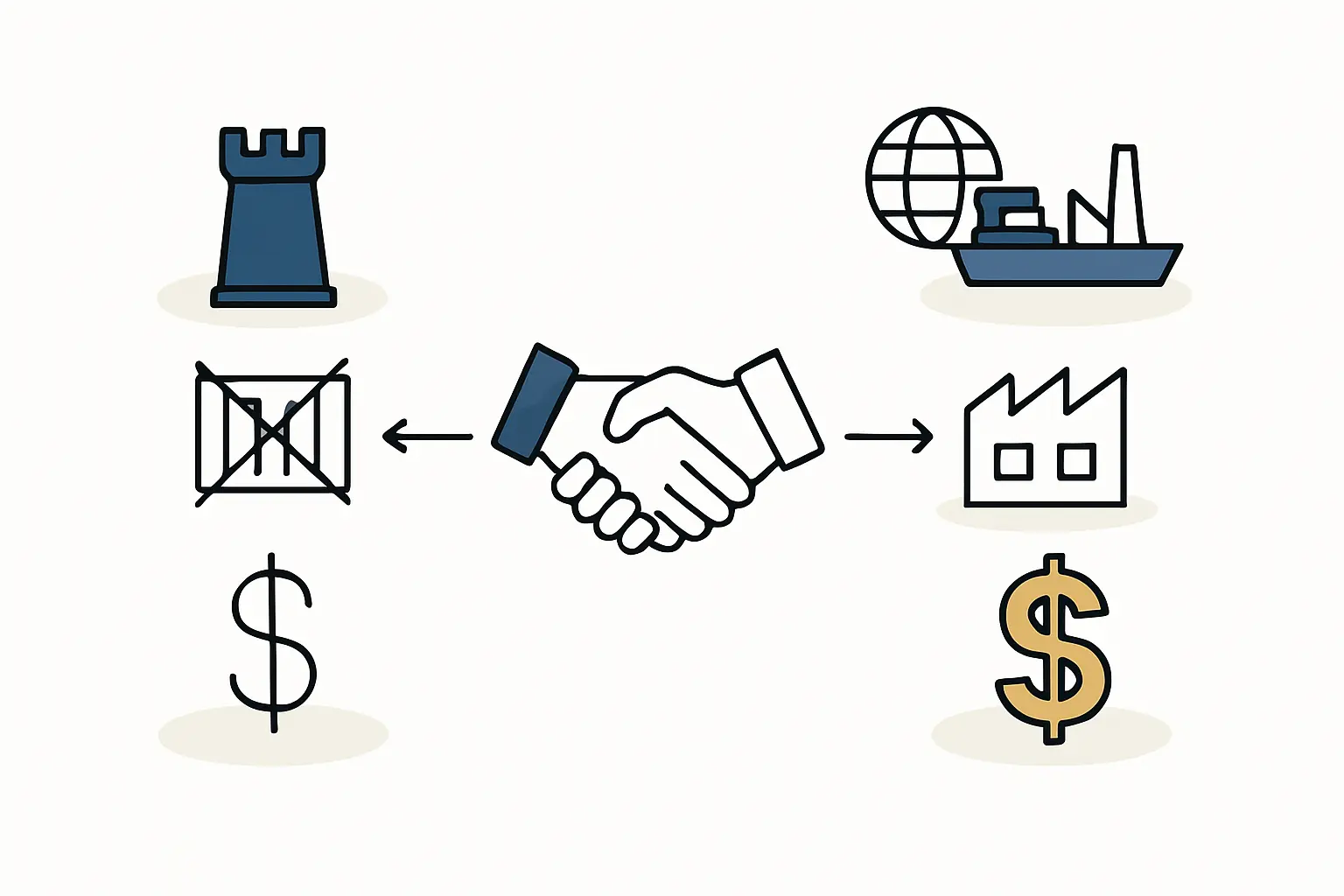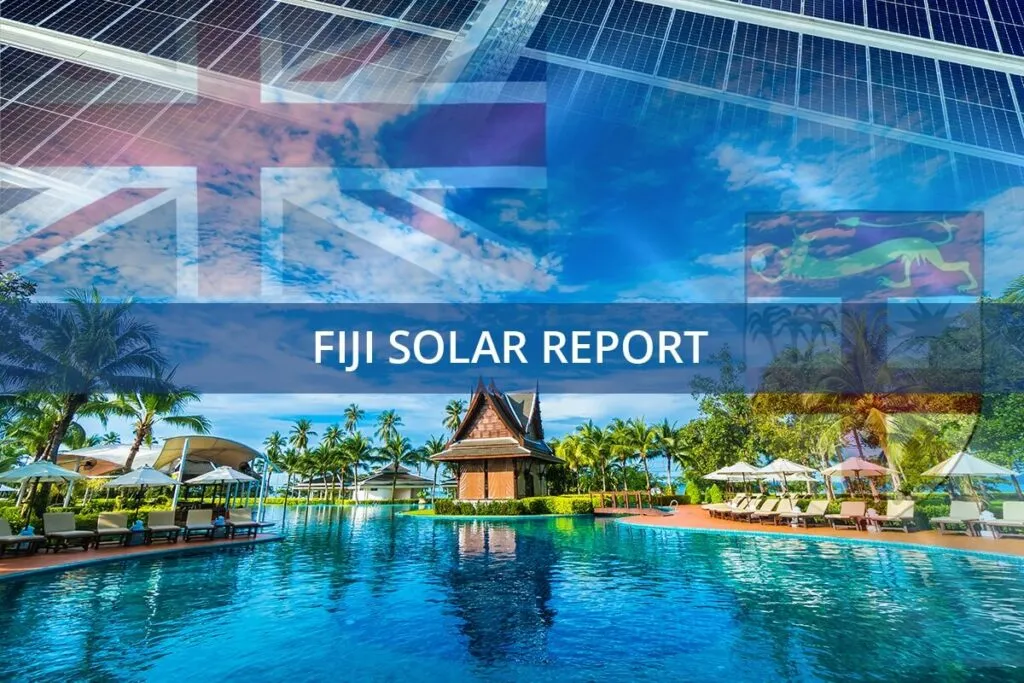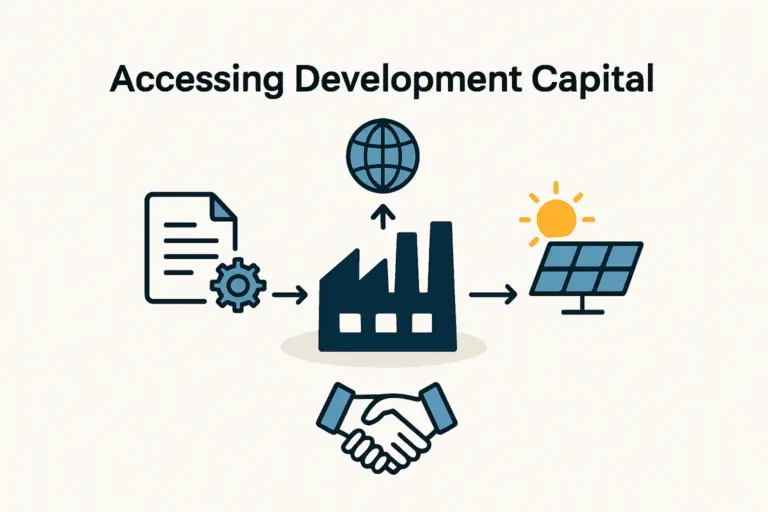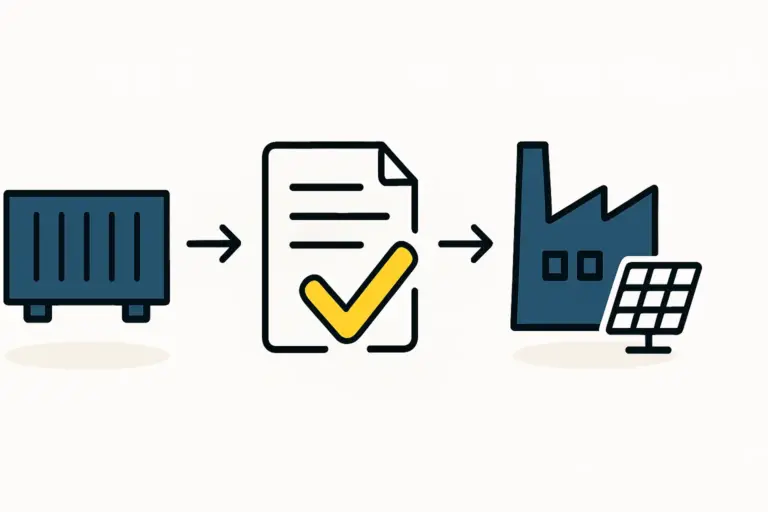An investor considering a solar module factory in Fiji often focuses first on capital, machinery, and building permits. But a crucial question soon follows: who will operate the advanced equipment? While importing experienced technicians from abroad might seem like the most straightforward solution, this approach overlooks a more sustainable and economically sound strategy: cultivating a skilled local workforce.
This article lays out a practical blueprint for developing solar module technicians within Fiji. It examines how to leverage local potential, structure an effective training program, and strategically balance local hiring with short-term expatriate expertise. The goal is to build not just a factory, but a lasting local enterprise.
The Strategic Advantage of a Local Workforce
While the initial cost of training local staff may seem significant, the long-term business case is compelling. Relying on a predominantly local team offers benefits that extend far beyond payroll savings.
-
Reduced Operational Costs: The cumulative expense of expatriate packages—including international salaries, housing, flights, and insurance—quickly adds up. Investing this capital into a local training program results in a more cost-effective operation within the first two years.
-
Enhanced Business Resilience: A local workforce is not vulnerable to the uncertainties of visa renewals, international travel restrictions, or sudden relocations. This stability creates a predictable operational environment critical for meeting production targets.
-
Stronger Community and Government Relations: Demonstrating a commitment to local employment and skills development aligns a new venture with Fiji’s National Development Plan. This fosters goodwill, eases administrative processes, and integrates the business into the local economic fabric.
-
Sustainable Knowledge Base: When expatriates leave, they often take their operational knowledge with them. Training local staff, particularly future team leaders, ensures that critical expertise remains and grows within the company, building a valuable long-term asset.
Assessing Fiji’s Labor Landscape: Potential and Gaps
Fiji presents a promising environment for developing technical talent. The nation boasts a high literacy rate and a strong foundation in technical and vocational education and training (TVET), primarily through institutions like the Fiji National University (FNU). This has created a pool of individuals with foundational skills in electrical, mechanical, and general trades.
The primary gap is not a lack of aptitude, but a lack of specific experience. Photovoltaic module manufacturing is a highly specialized field combining elements of electronics, chemistry, and precision assembly. The core challenge is not finding capable people; it is bridging this specific knowledge gap with a targeted training curriculum.
A Phased Training Curriculum for Solar Module Technicians
A successful training program progresses from general theory to specific, hands-on skills. A structured, three-phase approach can transform motivated individuals with a general technical background into competent solar module technicians in approximately three to four months.
Phase 1: Foundational Knowledge (Classroom-Based, 2–4 Weeks)
This initial phase focuses on core concepts, ensuring all trainees share a common understanding before handling expensive equipment.
-
Module 1: Introduction to Photovoltaics: Trainees learn the fundamentals of how a solar cell converts sunlight into electricity. Key topics include basic electrical principles (voltage, current, power), the structure of a solar module, and essential workplace safety protocols.
-
Module 2: Materials and Components: This module covers the bill of materials for a solar panel. Technicians learn to identify and handle solar glass, EVA film, solar cells, backsheets, and junction boxes. The module also stresses the importance of incoming quality control to prevent defects before production begins.
Phase 2: Core Process Training (Hands-On Simulation, 4–6 Weeks)
Here, trainees move from theory to practice in a controlled environment, working with dedicated training stations or pilot equipment.
-
Module 3: Cell Stringing and Tabbing: This is the first critical step in assembly. Trainees receive intensive training on the stringer machine, a key piece of equipment that solders cells together into strings. They practice quality inspection for micro-cracks and soldering defects.
-
Module 4: Layup and Bussing: Precision is paramount in this module. Technicians learn the correct sequence for assembling the module “sandwich”—glass, EVA, cell matrix, EVA, and backsheet—before it enters the laminator.
-
Module 5: Lamination and Framing: Trainees learn to operate the solar module laminator, understanding the critical parameters of temperature, pressure, and time. They then practice attaching the aluminum frame and junction box, ensuring a weatherproof and durable final product.
Phase 3: Production Line Integration (On-the-Job Training, 4 Weeks)
In the final phase, newly trained technicians move onto the main production floor under the direct supervision of an experienced manager or expatriate trainer.
-
Module 6: Machine Operation and Maintenance: Trainees are assigned to specific stations, such as the laminator or framing table, within the full set of solar panel manufacturing equipment. They learn standard operating procedures, basic troubleshooting, and preventative maintenance routines.
-
Module 7: Quality Control and Testing: This module focuses on the final testing stage. Technicians learn to operate the Sun Simulator (Flasher) to measure module performance and the Electroluminescence (EL) Tester to identify hidden defects like micro-cracks. They also learn to interpret these results to classify and sort finished modules according to international standards.

The Role of Local Institutions and Expatriate Expertise
An effective workforce strategy combines local resources with targeted international experience.
-
Leveraging Fiji National University (FNU): A strategic partnership with FNU’s College of Engineering, Science and Technology can create a powerful talent pipeline. FNU can provide vetted candidates with foundational electrical and mechanical skills (Phase 1), allowing the factory to focus its resources on specialized, hands-on PV manufacturing training (Phases 2 and 3). This model reduces recruitment costs and ensures a steady stream of qualified applicants.
-
The Strategic Use of Expatriates: The role of foreign experts should be transitional and focused on knowledge transfer. A common approach in turnkey solar production line projects is to bring in one or two experienced production managers for the first 6 to 12 months. Their primary mission is not to run the line indefinitely, but to:
- Establish and document standard operating procedures.
- Implement a robust quality control system.
- Train and mentor the first group of local technicians and, most importantly, identify and develop local team leaders who can eventually take charge.

Cost-Benefit Analysis: Investing in Training vs. Importing Labor
A simple financial comparison reveals the long-term value of investing in local talent.
Typical Investment in a Local Training Program (for ~20 Technicians):
- Curriculum development and training materials.
- Salary for a dedicated trainer (or the pro-rated time of an expatriate manager).
- Wages for trainees during the training period.
- Cost of raw materials used for practice modules.
Typical Annual Cost of One Expatriate Technician:
- Base salary (often significantly higher than local rates).
- International health insurance and benefits.
- Allowances for housing, transportation, and utilities.
- Annual return flights for the employee and family.
- Visa processing and legal fees.
While figures vary, the total annual cost of a single expatriate can often exceed the entire one-time investment required to train a full shift of local technicians. The breakeven point is typically reached within 18-24 months, after which the factory operates with a much lower fixed labor cost, enhancing its long-term profitability and competitiveness.

Frequently Asked Questions (FAQ)
How long does it take to train a solar module technician from scratch?
With a structured program, a motivated individual with general technical aptitude can become a competent, line-ready technician in approximately 12 to 16 weeks.
What educational background is ideal for a trainee?
A certificate or diploma in electrical engineering, mechanical trades, or a related field from an institution like FNU is an excellent foundation. However, demonstrable mechanical aptitude and attention to detail are often more important than formal qualifications.
Can existing electricians or mechanics be retrained for a solar factory?
Absolutely. Individuals with prior experience in technical fields are ideal candidates. They already possess transferable skills like understanding electrical diagrams, using tools, and following safety procedures, which can accelerate their learning curve.
How many production employees are needed for a small-scale (20–50 MW) factory?
A typical semi-automated production line of this size operates with approximately 15 to 25 staff per shift, including production operators, quality control inspectors, and material handlers.
What is the role of continuous training?
Initial training is just the beginning. As technology evolves, ongoing training in areas like advanced quality control, machine maintenance, and process optimization is essential for maintaining a competitive edge and promoting career progression for employees.
Conclusion: Building a Foundation for Sustainable Growth
Establishing a solar module factory in Fiji is a forward-looking venture. Building it with a skilled Fijian workforce makes it a truly sustainable one. The path requires a deliberate investment in people through a structured training program, strategic partnerships with local institutions, and the targeted use of expatriate experts for knowledge transfer.
This approach transforms the human resources function from a simple cost center into a strategic investment. It not only ensures the factory’s long-term operational success but also contributes to Fiji’s economic resilience and renewable energy ambitions, creating shared value for the business and the nation.






